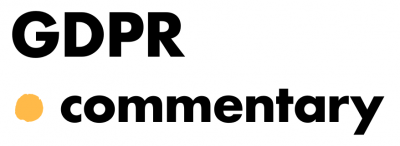Sometimes, a character in a game evokes an association with a real person. This similarity may be intentional or accidental. To ensure they are on solid legal ground, game developers should obtain the consent of the actual person to use his or her image. Failure to do so can result in severe consequences. In this text, we will discuss the rules for using likenesses of real, living people.
What is a likeness?
A person’s likeness refers to someone’s image, recorded for example in a drawing, painting or photograph, as well as the way a person is perceived and portrayed. Contrary to popular belief, likeness does not refer only to an image of a person’s face. It encompasses a range of personal characteristics, including natural features (e.g. eye shape), elements of characterisation or clothing (e.g. glasses, hairstyle, makeup, accessories), and even voice, deportment, behaviour, gestures or characteristic sayings. Thus, the likeness of a person is constructed of his or her recognisable features, by which we distinguish this person from others. Do you recognise the people pictured below? Just in case, the answer is given in the footnote1.






